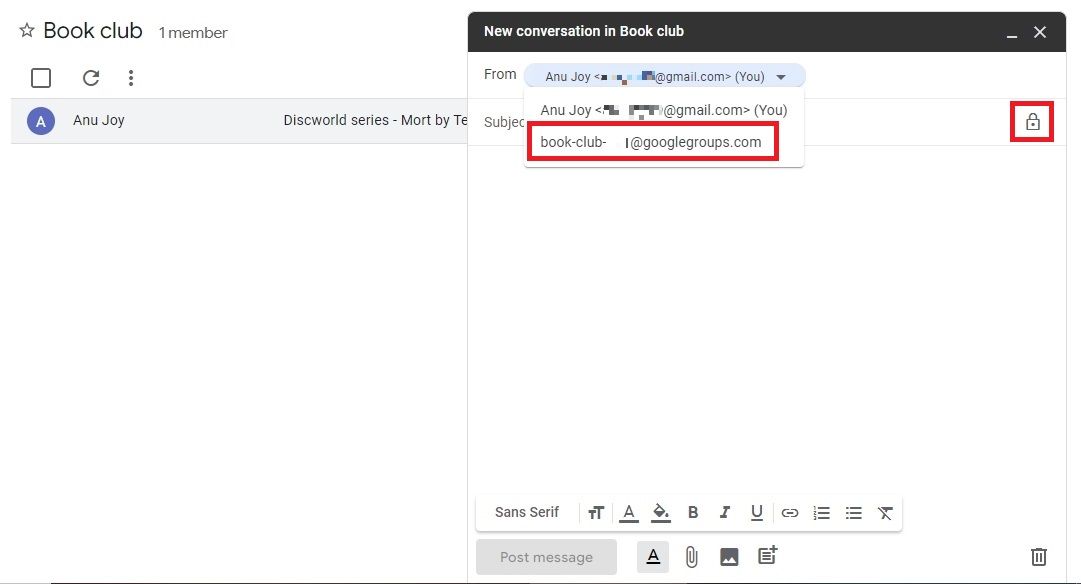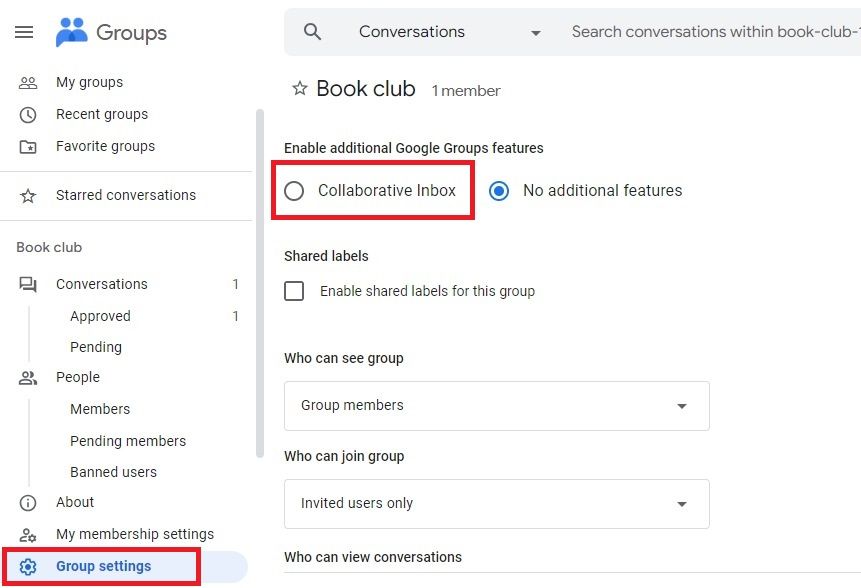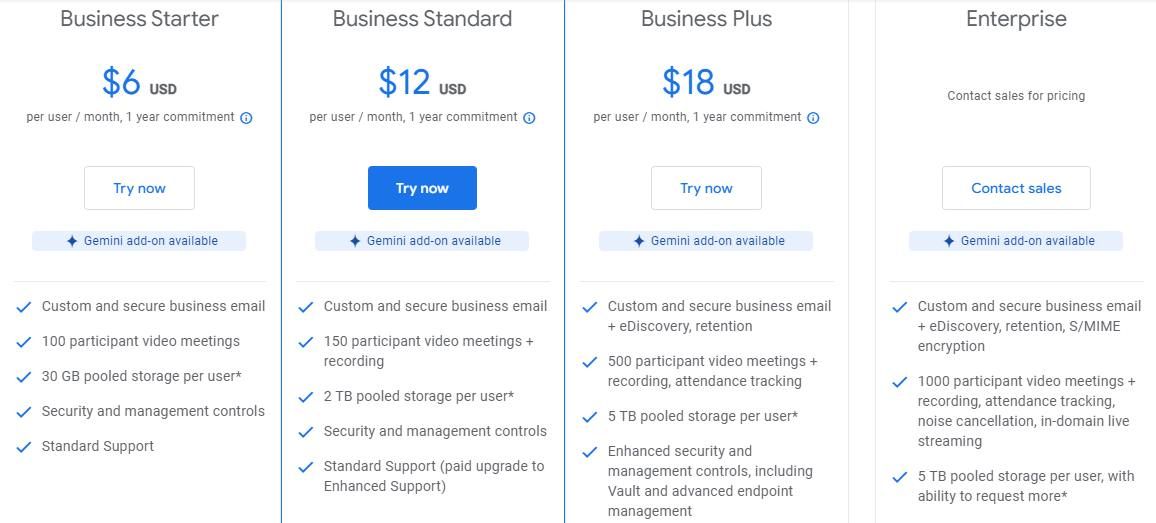Although Google sends many products to an early retirement, Google Groups is still alive. It’s almost a fossil in terms of Google-years. The service lets you collaborate with teammates, set up meetings, and manage group discussions. You can also read decades-old posts on most devices, including your affordable Chromebook. We explain what Google Groups is and delve into its features.
A brief introduction to Google Groups
Google Groups launched in 2001 after Google acquired Deja News Research Service’s Usenet archive. The company retired its Usenet gateway in February 2024. It cited the decline in “legitimate activity in text-based Usenet groups” as the reason behind the end of support.
There are two versions of Groups: the free one and Google Groups for Business. Hobby enthusiasts, academics, and professional groups use the free version, which can only be accessed from the website. Meanwhile, businesses and organizations use the business version, which is available on the website and from the App launcher.
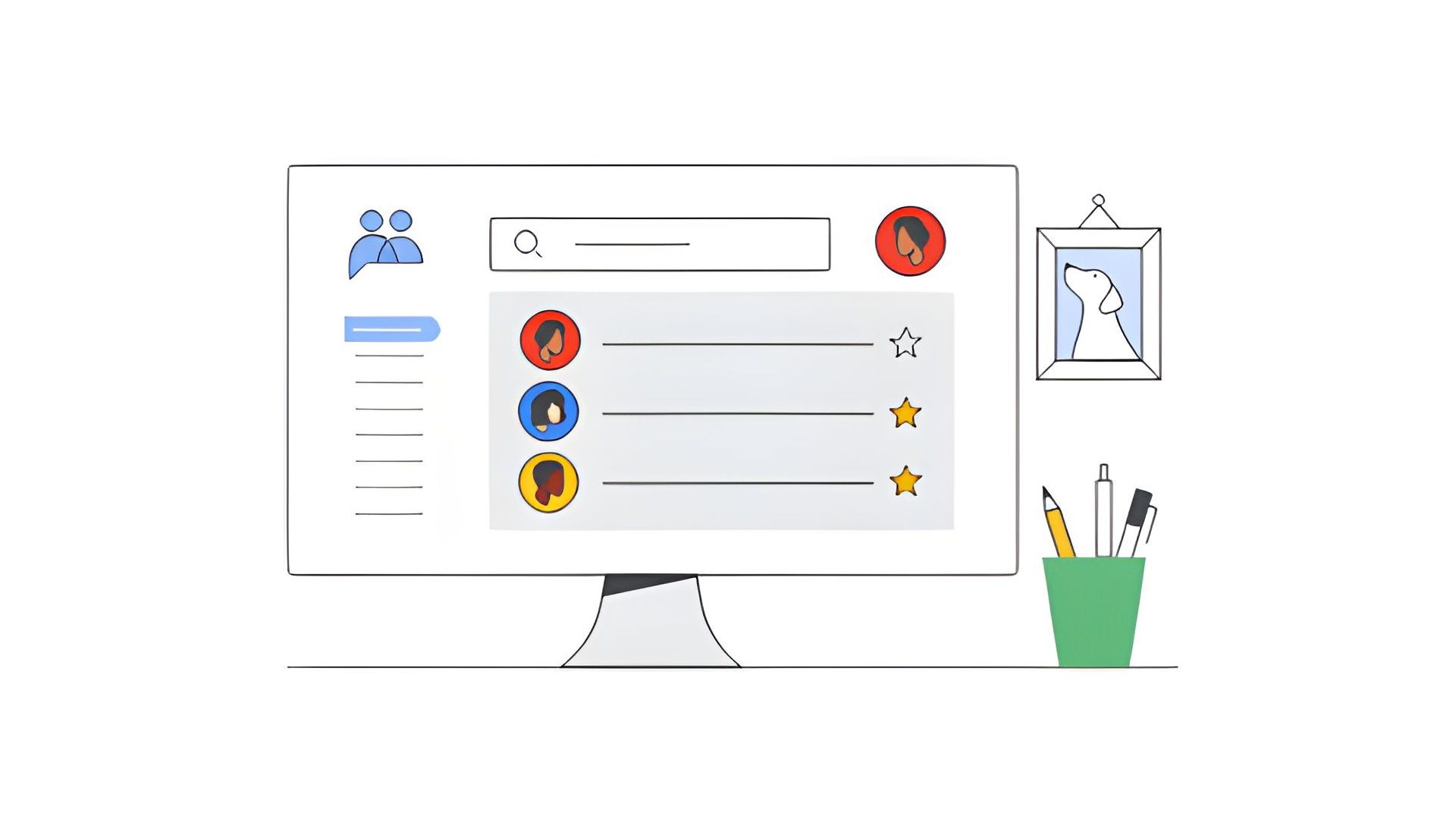
How to set up a group in Google Groups
Read archived messages in Google Groups and take a trip down memory lane
Types of Google Groups
Google Groups has three primary categories: web forum, email distribution list, and Collaborative Inbox.
Web forum
Web or community forums in Google Groups offer users a platform to participate in online discussions. The admin or owner moderates the group, while members create posts and engage in conversations.
Email distribution list
Members can have conversations in Google Groups using the group email address. The owner decides who can send and receive messages on the group. It offers one-way communication if the admin restricts other members from sending messages. This mode is for announcements and updates.
Collaborative Inbox
Businesses typically use the Collaborative Inbox option in Google Groups. Group owners use it to assign and manage tasks. All team members can view customer service messages sent to an email address like support@company.com or info@company.com. They can reply to threads and mark tasks as complete. You can switch on the feature in Group settings.
What is Google Groups for Business?
Google Groups for Business lets the admin manage an organization’s emails and Collaboration Inbox. It is part of Google Workspace, the company’s suite of productivity tools. Workspace includes apps like Gmail, Calendar, Meet, Drive, Docs, Chat, Sheets, and more.
Groups for Business offers more features than the standard version.
- Create Q&A forums and access extra group conversation options.
- Access Groups from the App launcher (grid icon).
- Admins can create groups and set organization-wide rules.
- Group owners and managers can make a Collaborative Inbox and establish moderation policies.
Is Google Groups free?
Google Groups is free for individual use. The paid version, Google Groups for Business, is intended for organizations. You can access both versions by switching between accounts.
You need a Google Workspace account to access Groups for Business. Google offers the following four Business plans:
Google Workspace Business Starter: This is the cheapest tier, priced at $6 per user monthly. It’s suitable for small businesses and startups. The Starter plan gives you access to an ad-free email address with spam protection and up to 30GB of Google Drive storage per user. Google Meet allows up to 100 attendees.
Google Workspace Business Standard: This option allows you to add up to 150 meeting participants and access the recording feature. You get up to 2TB of Google Drive storage per user. The tier costs $12 per user per month. It’s ideal for growing businesses.
Google Workspace Business Plus: This plan allows up to 500 Google Meet participants, recordings, and attendance tracking. You get up to 5TB Drive storage per user and enhanced security controls. This tier is suitable for mid-sized businesses and costs $18 per user per month.
Google Workspace Enterprise: This tier allows up to 1,000 video participants and offers 5TB storage per user, recording, noise cancelation, attendance tracking, and in-domain livestreaming. This plan unlocks S/MIME encryption and advanced support.
Are there any alternatives to Google Groups?
Google Groups works fine for group communications and announcements. It is suitable for small DIY groups, hobbyists, and classrooms. However, it might not suit most businesses as it may not scale well to meet their needs. You can’t manage complex tasks with Google Groups’ Collaborative Inbox.
Here are a few alternatives to Google Groups.
Slack
Slack is a popular internal communication tool among small businesses, startups, and other organizations. It lets you organize conversations with channels. The app has an in-built Workflow Builder for automating tasks in the workspace. It integrates with other apps for a seamless experience.
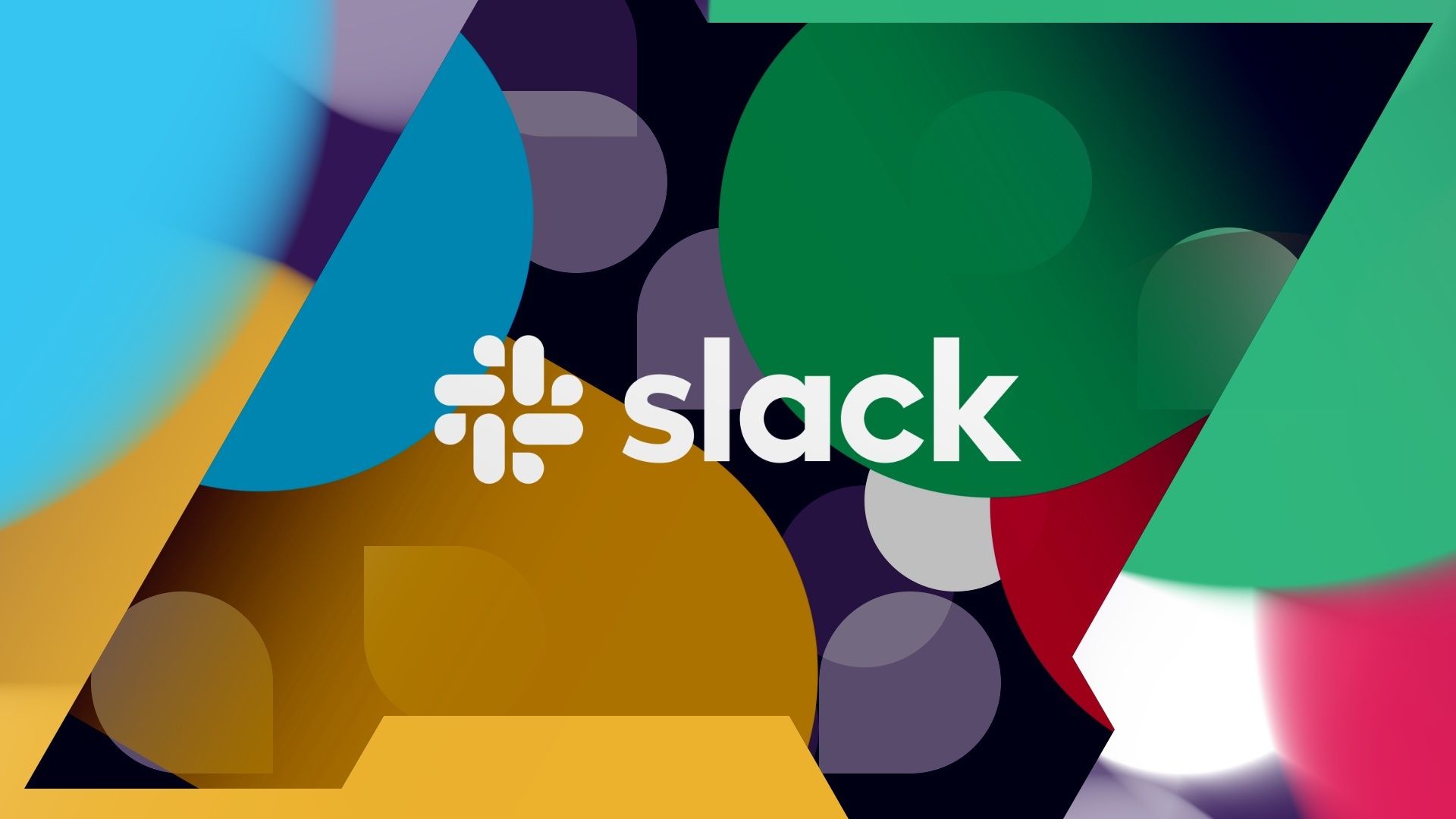
How to edit Slack messages once they’ve been sent
Editing your Slack messages means fine-tuning your collaboration and reducing any hiccups
Microsoft Teams
Microsoft Teams is part of the Microsoft 365 family of products. The collaboration app supports chats, group conversations, channels, and video conferencing. Teams can integrate with third-party and Microsoft apps.
Discourse
Discourse is an open source internet forum for discussions or chats. The app also offers collaboration tools for businesses.
Basecamp
Basecamp is a collaboration and project management tool that provides an overview of business operations. The app helps you schedule projects and view tasks. It also supports integration with other apps.
Dig through old posts in Google Groups
You can use Google Groups to collaborate on small projects, moderate discussions, organize meetings, and read archived posts. However, it has many shortcomings. If you’re looking for a group management and collaboration tool, try Google Spaces.




